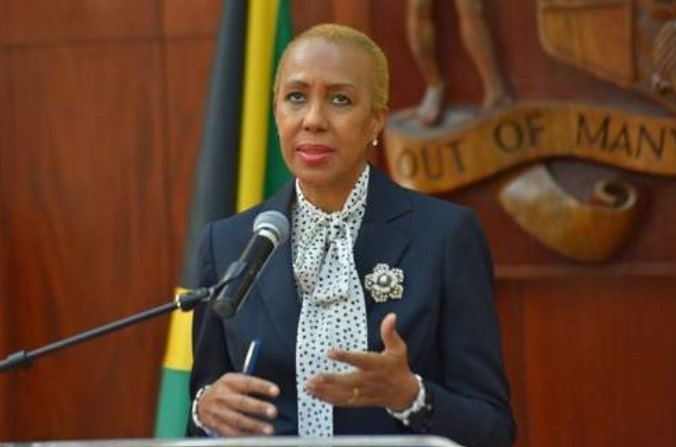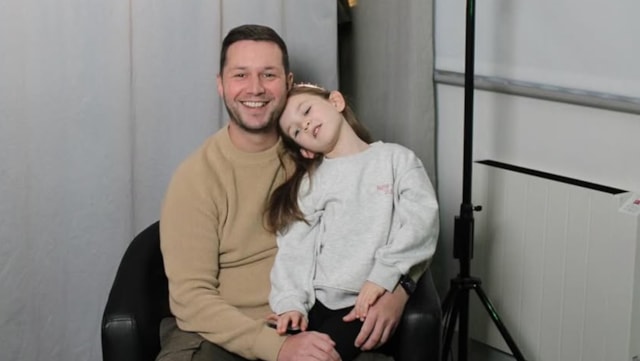Jamaica’s Minister of Education Fayval Williams said the Government would revisit the funding model for low-performing schools and possibly do away with the one-size-fits-all model where resources are allocated equally per student.
The Minister said: “We have to do it in a very transparent manner so that all persons will understand.
“I think going forward we are going to be publishing a lot more. We’re going to tell Jamaica what each school is getting in terms of funding,”
The concern about the funding model of Jamaican schools centres on a divide over how student performance is assessed and whether disadvantaged schools should receive preferential investment. The most prestigious schools tend to enrol high-scoring students, who generally remain on the same performance trajectory throughout their academic life with a small window for improvement.
But advocates of evaluations on value added – or by how far teachers improve low-scoring or average students to become fair or good performers – argue that that metric is a more equitable point of reference. Williams said that all schools are in need of additional funding but acknowledged that the ministry will have to set priorities.
“Those schools when you go in,” the minister said, “it’s obvious that the infrastructure is not conducive to learning, and so on. We have to bring the Government’s presence to bear at those schools.”
Citing an overwhelming deficit in the investment in public schools, Jamaica Teachers’ Association (JTA) President Winston Smith has suggested that the country will not be able to close the yawning gap in performance between private and state-run schools. The concern follows a review of student outcomes in the 2019 Grade Four Numeracy Test where those enrolled in private schools outperformed their public-school counterparts by 24 per cent.
Smith, who is also principal of Golden Spring Primary, argued that the infrastructure of private schools, coupled with the socio-economic background of students, created a better environment for learning.
He said that too often, the role of students’ families was not taken into account in assessing exam performance. The JTA president used parent-teacher association (PTA) meetings as a point of reference.
Smith said: “In a prep school, when a PTA meeting is called, you can’t even find space to park and the rooms are overpacked with parents who are there to give support and participate in their children’s learning. When a primary school calls a PTA meeting, in some instances, you’re hardly finding 10, 15, 20 parents attending. In some cases, if you’re lucky you have 60.”
“So we have that kind of a gap between both institutions, and to compare them is unfair because of where we’re coming from with them. So private schools will always seem to outperform public schools – not in totality but in the main,” said Smith.
He said, as a result, equity must be considered in the financing of public schools.
The educator said more needs assessments should be conducted, ensuring that lowest-performing schools are allocated preferential support.
Furthermore, Smith said that having been the principal of a multigrade school – where students from different grades occupy a single classroom with one teacher – the context of performance is not fully understood.
He called that set-up “extremely difficult”, insisting that it does not facilitate improvement in performance and that it robs students of the foundation to perform well.
This, he said, in turn, affects the national average of student outcomes in public schools.
“You’ll never find a multigrade school in the prep or private system ... . In the public school, we don’t have that luxury. As a result, the kind of output is significantly different,” he said.











